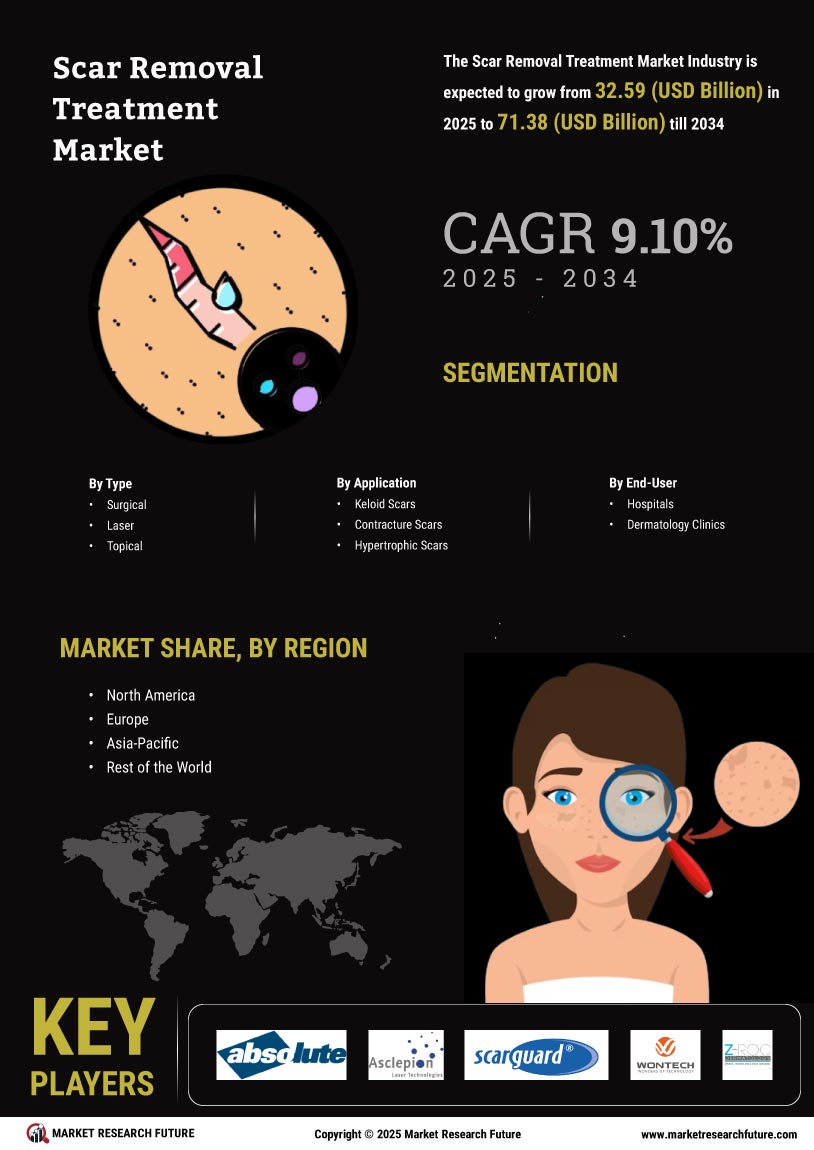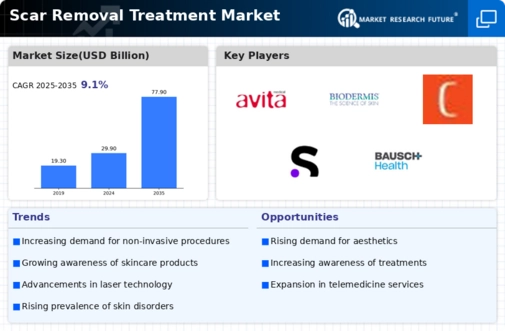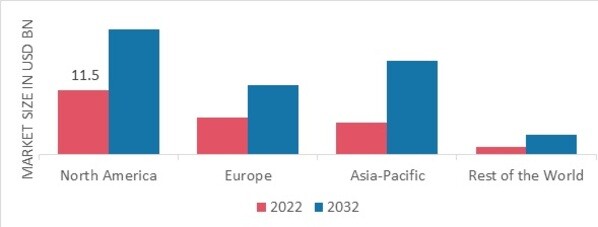The growing skin disease incidence and scars are driving the market growth
Market CAGR for scar removal treatment is driven by the technological advancements in scar treatment, and growing consumer appearance consciousness are significant factors driving the scar treatment market. In addition, the growing prevalence of plastic surgery, increasing incidences of road accidents leading to the most common injuries, and the rise in awareness over the availability of treatment procedures further promote the growth rate of the scar removal treatment market.
Nearly 20-30 million people are prone to road accident injuries. These people may develop scars that cannot be reduced, and some can be reduced. People with scars can be treatable under scar treatment which drives the market forward. Most of these people use laser treatment to reduce these scars.
Additionally, the increasing number of road accidents is expected to propel the growth of the scar treatment market going forward. Road accidents refer to an incident involving at least one vehicle on a public road that results in at least one person being hurt or killed. Accidental burns, abrasions, scrapes, or cuts to the skin result in a natural healing and tissue replacement process that frequently leaves scars behind. The appearance of these scars can be significantly reduced with unique scar treatments that treat the damaged layers of skin and produce noticeable effects.
For instance, in June 2022, as per the report shared by the RAC Foundation, a UK-based registered charity and transport policy organization, a recorded traffic collision resulted in an anticipated 1,558 fatalities in 2021, a 7% increase from 2020. The expected number of killed or seriously injured (KSI) casualties was 27,450, a 14% rise from 2020. Therefore, the increasing number of road accidents is driving the scar removal treatment market revenue.
The growing incidences of skin diseases are one of the significant driving factors that accelerate market growth around the world. Several major skin diseases, such as photoaging, psoriasis, vitiligo, and eczema, occur among the population because of extreme exposure to ultraviolet (UV) radiation and pollution. As a result, these factors may lead to reduced skin elasticity, hair loss, sunburns, etc. Consequently, these conditions that have not received suitable treatment on time can lead to the formation of marks.
Numerous additional skin-related problems, such as post-surgical marks, acne, stretch marks due to pregnancy or changes in body weight, and burn marks, also lead to the development of marks. A large population is affected by acne, a most common dermatological condition that eventually leads to the formation of marks.
The mounting occurrence of skin diseases such as vitiligo, psoriasis, eczema, and photoaging of the skin, technological advancement in products, escalating appearance consciousness among consumers, mounting number of surgical procedures, and intensifying disposable income are the key factors leading to the growth of the market, ly. For instance, as per the American Academy of Dermatology, in the U.S., annually, approximately 50 million Americans suffer from acne.
The increasing prevalence of skin conditions and the rising awareness of aesthetic treatments are driving the demand for scar removal therapies across diverse demographics.
U.S. Food and Drug Administration (FDA)







